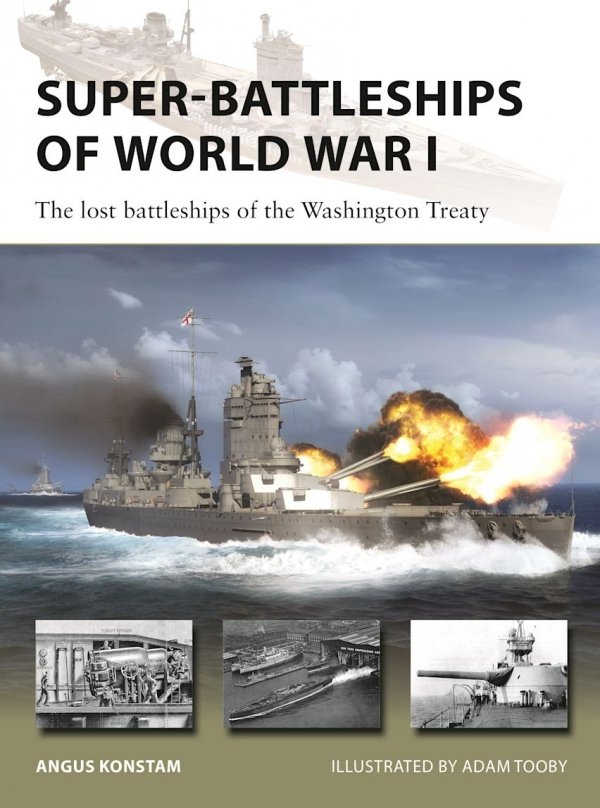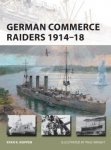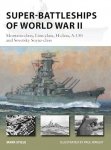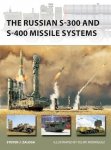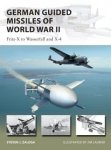-
Załączniki bezpieczeństwa
Załczniki do produktuZałączniki dotyczące bezpieczeństwa produktu zawierają informacje o opakowaniu produktu i mogą dostarczać kluczowych informacji dotyczących bezpieczeństwa konkretnego produktu
-
Informacje o producencie
Informacje o producencieInformacje dotyczące produktu obejmują adres i powiązane dane producenta produktu.Osprey Publishing
-
Osoba odpowiedzialna w UE
Osoba odpowiedzialna w UEPodmiot gospodarczy z siedzibą w UE zapewniający zgodność produktu z wymaganymi przepisami.
1918 was a moment of great naval change. Britain still had the largest fleet in the world, but its ships were ageing, and many of them were markedly inferior to the latest American and Japanese battleships. An arms race loomed between the war's victors.
In this book naval expert Angus Konstam studies and compares the battleships being designed between 1918 and 1922, which drew on the lessons of World War I. Britain was designing four G3-class 15in-gun battlecruisers, plus four N3 'hyper-dreadnoughts' mounting colossal 18in guns. The US Navy was planning six new South Dakota battleships, carrying an incredible 12 16in guns, plus six Lexington-class battlecruisers. Japan was working on a similar project, and in 1920 the first of four Amagi-class battlecruisers were laid down.
However, in 1922 this costly arms race was averted by the Washington Naval Treaty, which halted new battleship construction, and limited the major fleets. These battleships and battlecruisers were mostly cancelled and scrapped, with a few, such as Lexington and Akagi, converted into aircraft carriers. With new colour reconstructions of the G3, H3, South Dakota, Lexington and Amagi classes, this is the first book to study these never-built monster warships.



